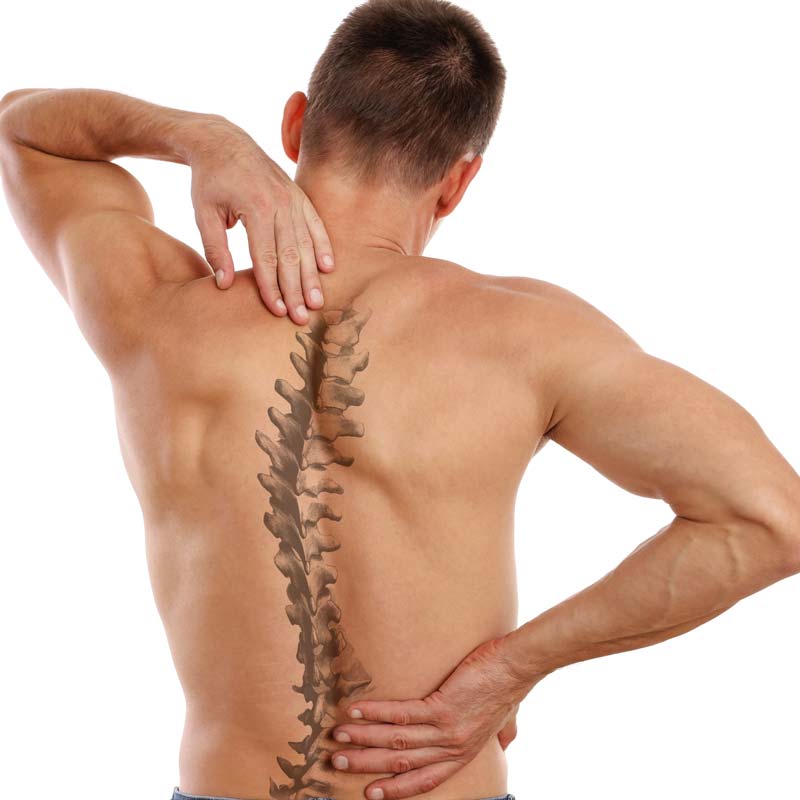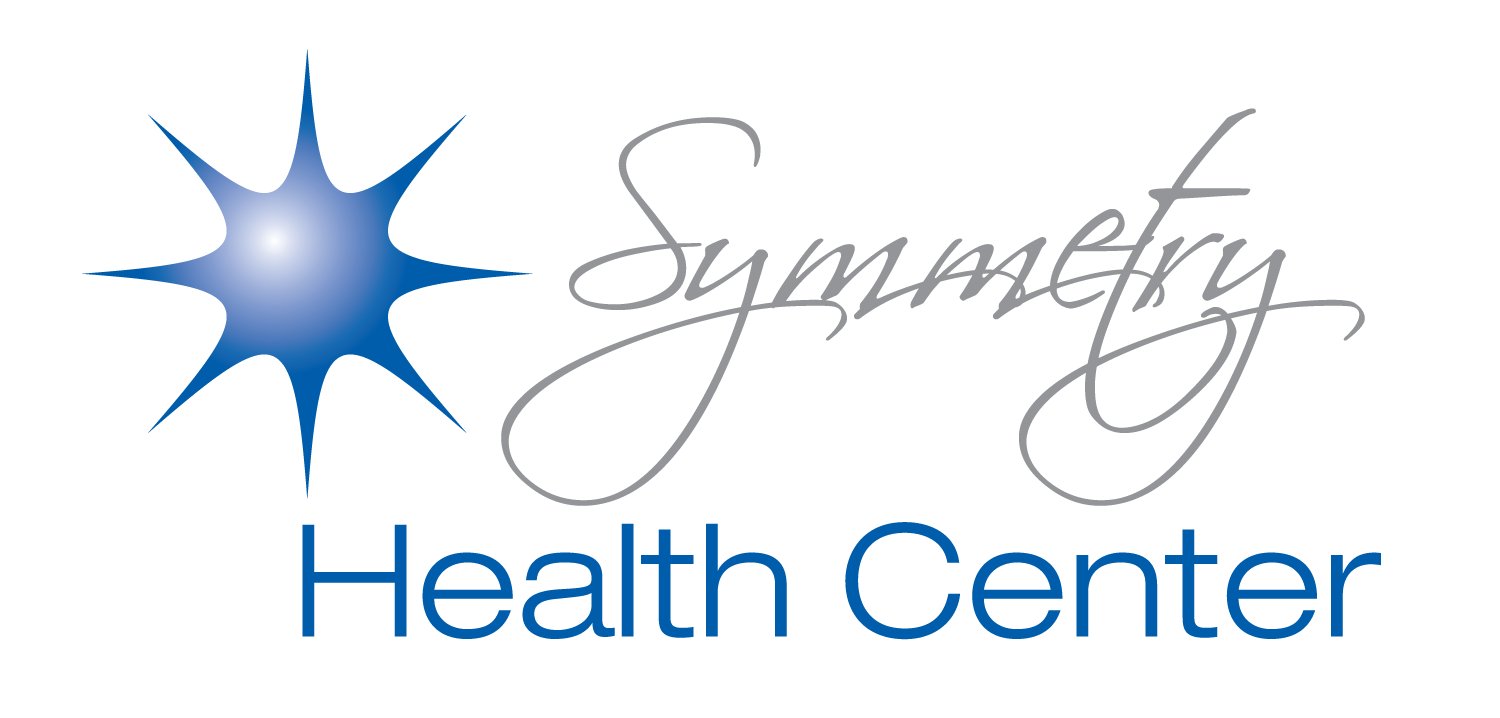Scoliosis Complications Later in Life – And How to Deal with Them

A diagnosis of scoliosis, or an abnormal curvature of the spine, can lead to a lot of questions about how to move forward with appropriate treatment and management. Most often, scoliosis is diagnosed during childhood and adolescence, which is an excellent time to treat and prevent any possible complications before reaching adulthood. Since children are still growing, their tissues are more likely to be flexible and receptive to treatment. Thankfully, most people dealing with scoliosis seek immediate treatment to minimize the risk of future complications with aging.
What Leads to Scoliosis Complications Later in Life?
There are several different factors that can lead to complications in adulthood. Some of these components include the following:
- Firstly, there are some people that go through life without a diagnosis or realization that treatment could help their quality of life.
- Alternatively, if diagnosed with mild scoliosis, then treatment may be disregarded. This can lead to scoliosis complications later in life secondary to unintentional neglect of the spine.
- Next, if surgery is indicated, it can also lead to long term complications that are often associated with a spinal fusion.
- Lastly, scoliosis management is a long term effort that, if neglected, can lead to gradual onset of dysfunction with time.
How Aging Affects Scoliosis
As we reach adulthood and age each decade, changes in our general health and in the health of our connective tissue can have a direct effect on the spine, particularly when scoliosis and spine misalignment is an underlying issue. How much later in life complications will develop ultimately depends on the severity of your curve and general health. Common health issues with aging that can be exacerbated with scoliosis include the following:
- Loss of connective tissue elasticity, leading to general stiffness with daily movement and a higher risk of injury
- Wear and tear of the body’s joints, leading to arthritis and symptoms like pain and stiffness
- Loss of water retention, leading to decreased spine disc height and possible stenosis
- Narrowing of the spaces around the spinal cord and nerve roots, known as spinal stenosis
Complications that Occur with Untreated or Poorly Managed Scoliosis
The biggest concern when it comes to scoliosis is the progression of the curvature to an advanced degree. If severe scoliosis develops (as determined by the measured cobb angle)- which is significantly more likely without proper treatment, management, and screenings- an individual is more likely to to experience symptoms of chronic pain, stiffness, and loss of normal everyday function. More specific problems associated with an advanced spine curve include the following:
Stenosis
Narrowing of spine canal or the openings that the nerve roots exit from is known as stenosis. This can happen anywhere in the spine, but is most common in the lumbar spine (lower back) and can be worsened by a scoliotic curve (also known as degenerative scoliosis). This puts excessive pressure and strain on the body’s neural tissues. When the nervous system is damaged or compromised, this can lead to neurological symptoms such as numbness, tingling, shooting pain, and weakness. Depending on the severity, it can even be a medical emergency (talk to your doctor if you’re concerned).
Poor Breathing Mechanics
A spine curvature understandably affects the alignment and mechanics of the rib cage, since the thoracic spine (mid-back) is attached to the ribs. Thus, an increasing spine curve can lead to further restriction of rib mechanics. This leads to stiffness, pain, and limited breathing capacity. It can also lead to a sensation of shortness of breath or simply getting fatigued rapidly with activity. Lastly, it can also cause a strain of the accessory muscles in the neck that help with breathing, since the diaphragm (the primary muscle that facilitates breathing) can’t do its job adequately due to rib restrictions.
Poor Gait Mechanics
Since the spine provides stability and alignment for the entire body, it should make sense that an advanced curve can also affect pelvis alignment and leg length. When the pelvis is rotated or one side rests higher than the other, it leads to a measurable leg length discrepancy. Walking with a leg length difference will affect the mechanics of the core and entire lower chain. This will put excessive strain on the lower body and can manifest as a variety of issues related to joint pain and poor biomechanics. Some of the most common complaints are back pain, pelvis pain, hip pain, and knee pain.
Compromised Organ Function
Organ dysfunction caused by scoliosis can range from subtle to life-threatening, depending on the severity of the curve. Any change, big or small, can result in increased abdominal pressure and poor posturing that can affect normal organ function anywhere in the body. In rare extreme cases, the heart and lungs can become vastly compromised and even lead to issues like heart disease, heart failure, and pneumonia.
Long-Term Complications Associated with Scoliosis Fusion Surgery
Scoliosis complications later in life are also fairly common with scoliosis surgery. This is more common when there isn’t continued management, monitoring, and treatment after surgery. Even with surgery, continued scoliosis management with appropriate lifestyle choices and exercise is essential. Here are two of the most common long term complications associated with surgery for scoliosis:
Transitional Syndrome
The entire spine is designed to distribute the stress and strain of everyday movements and life. Each vertebrate plays a pivotal role and does it’s part. Unfortunately, the joints that have been fused in surgery can no longer take on their share of the impact. This causes the joints that are still mobile to have to take on more of the strain that comes with daily activity. Thus, the areas of mobility in the spine are now at a higher risk of enduring excessive stress and damage. This can lead to neurological symptoms and wear and tear that causes arthritis, stenosis, and more.
Developing a Flat-Back
A natural spine curve resembles an “S.” When the spine is fused by a rod, like it is with scoliosis, it can lead to a gradual loss of normal spine curvature, otherwise known as a flat back. This can lead to changes in normal biomechanics for the entire body, making use of the core, arms, and legs feel more difficult than before. Additionally, it can lead to many of the transitional symptoms as discussed in the paragraph above.
How to Reduce Your Risk of Age-Related Complications
Clearly, it is best to prevent scoliosis complications from occuring when possible. This will help preserve quality of life no matter what your age is. The best course of action is to continually seek treatment for preventing unnecessary spine deterioration and symptoms. Ideally, the curvature of your spine can be better managed, prevented from getting worse, or even reversed. Most often, this can be done without the need for invasive options that come with their own set of complications, like surgery and injections.
Chiropractic Care for Scoliosis
Non-invasive scoliosis treatment options for holistic management include acupuncture, massage therapy, physical therapy, and chiropractic care. Treatment is most effective for adolescent idiopathic scoliosis, but can be indicated for my type. The most comprehensive option available is most definitely chiropractic care with a practitioner certified in cutting edge ScoliCare. Dr. Cynthia Boyd and her team provide comprehensive care for adolescents and adults diagnosed with scoliosis at Symmetry Health Center in Alameda and Oakland, CA. Below are the two primary treatments they employ for effectively managing scoliosis:
Posture Training
ScoliCare is a top notch approach to scoliosis care that focuses on reducing the spine curvature via intentional over-correction. With 3D imaging technology, you can work with your chiropractic to understand how to start improving your spine alignment and maintain better posture with daily activities. This is done with extensive education, mirror imaging, corrective exercise, and other options designed to reverse your curve. If the curvature needs further support, common with moderate to severe cases, the results can then be magnified by bracing (as discussed below).
Bracing with the ScoliBrace
The ScoliBrace is a top of the line bracing technique designed to provide three dimensional spine support. Rather than restricting movement like bulky traditional braces do, the ScoliBrace is designed to naturally coax the spine into better alignment. A ScoliBrace provides comfortable support while helping correct or better manage the existing scoliosis curvature. Depending on your needs and symptoms, the brace can be worn intermittently, continuously, or with sleep to maximize the possibility of a spine correction.
Get Treatment from the Scoliosis Experts
Managing scoliosis is a multifaceted issue that is best left to a Scoliosis specialist. Dr. Cynthia Boyd and her entire dedicated team at Symmetry Health Center in Oakland and Alameda, CA are ready to use their expertise to determine what treatment options are best for you. With the right team on your side and knowledge of your spine, you can feel confident in optimally managing your scoliosis. This means fewer symptoms and minimizing the risk of complications for the long term.
Living life with scoliosis doesn’t have to affect your quality of life with the right treatment plan to avoid long term effects. Don’t wait until your symptoms are unbearable or your curve has progressed, prevention is always the best treatment!
